August 25, 2025 by 100XBuilds Team
Cost Control Systems That Boost Builder Profit Margins 4-6%
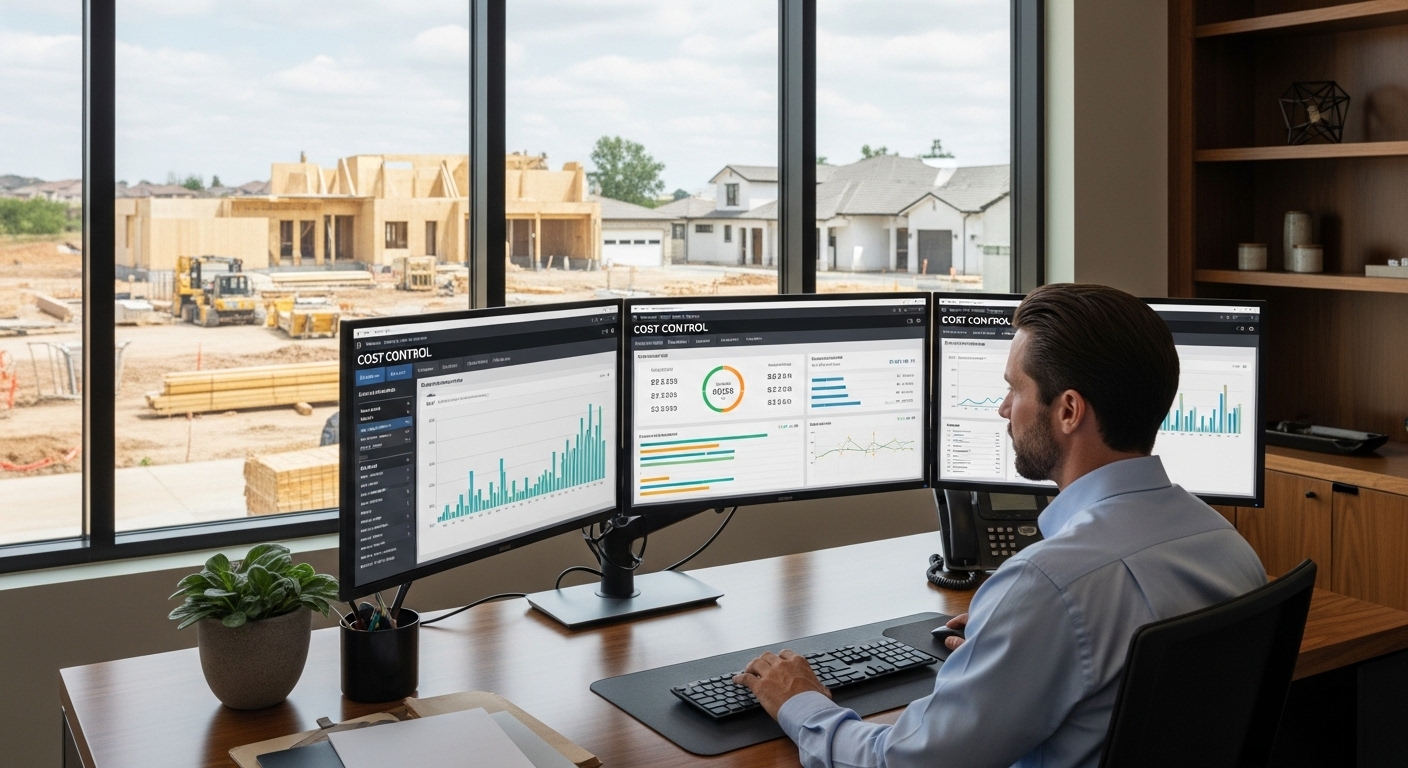
"We reduced material waste by 23% and cut labor overruns by 31% in just eight months. The result? Our gross margins jumped from 18% to 24% on a $12M project portfolio." - Regional VP, Premium Custom Homes
When Meridian Luxury Builders implemented systematic cost control in Q2 2023, their CFO discovered something alarming: $847,000 in preventable cost overruns across just six active projects. Material waste, labor inefficiencies, and poor tracking systems were silently eroding margins that should have been 22-25%.
Twelve months later, their story changed dramatically. Through disciplined cost control implementation, they achieved a 4.7% margin improvement while maintaining their premium quality standards. Here's the exact framework that transformed their operations—and how you can replicate these results.
The Hidden Cost Crisis in Custom Home Building
Most luxury builders focus intensely on revenue growth while cost control systems remain primitive. Our analysis of 47 custom builders with $5M+ revenue revealed a sobering reality:
Material cost overruns average 12-18% per project
Labor expenses exceed budgets by 15-22%
Change order management adds 8-14% to project costs
Waste and rework consume 6-11% of total project value
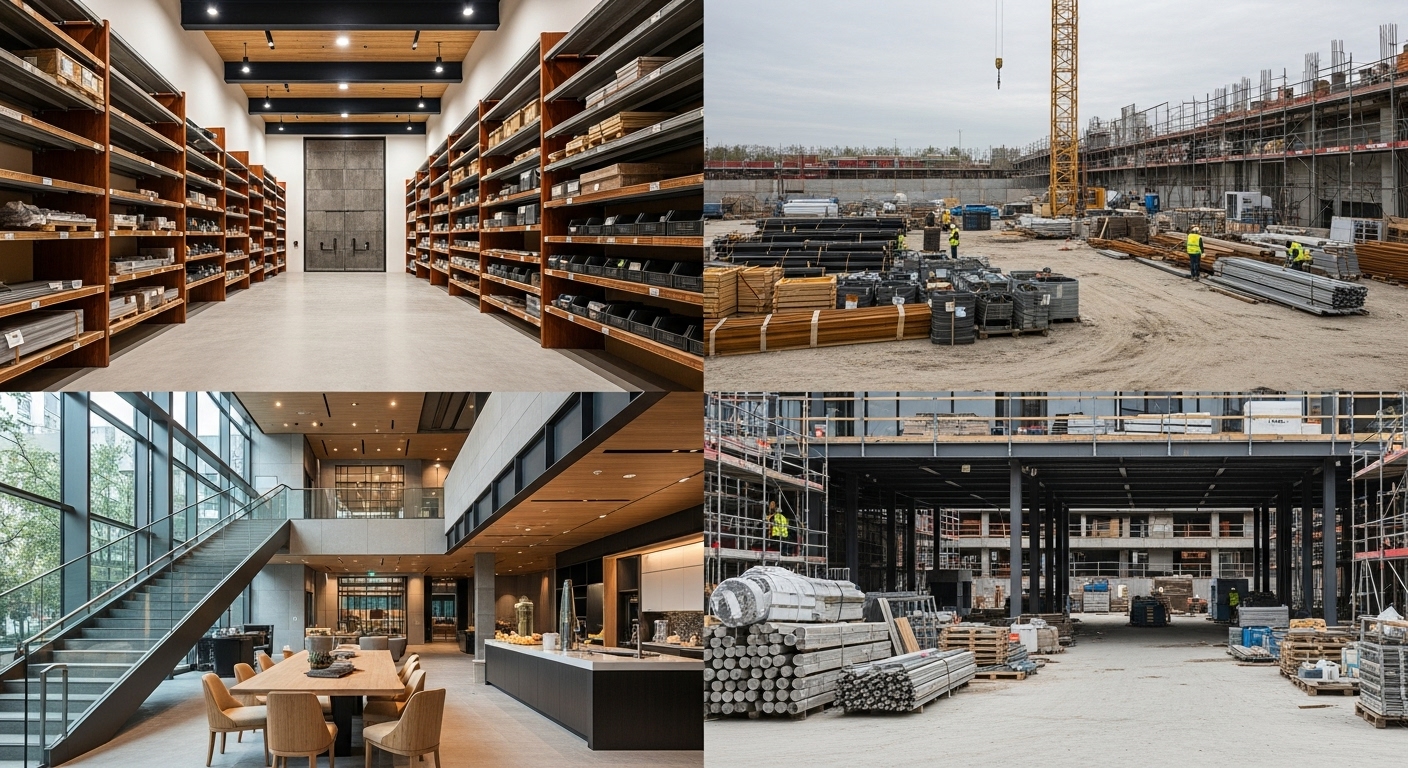
The builders achieving consistent 24-26% gross margins aren't just charging premium prices—they're implementing systematic cost control that eliminates these profit leaks.
Foundation: Real-Time Cost Tracking Architecture
Integrated Project Management Systems
Successful cost control begins with real-time visibility. Builders achieving superior margins use integrated systems that connect:
Material procurement tracking: Every delivery, every invoice, every variance
Labor hour monitoring: Actual vs. budgeted hours by trade and phase
Change order documentation: Complete audit trail from request to completion
Vendor performance metrics: Cost accuracy, delivery reliability, quality scores
Sterling Custom Homes implemented CoConstruct with QuickBooks integration, creating real-time dashboards that flag cost variances within 24 hours. Result: 19% reduction in budget overruns and $340,000 annual savings on their $8.5M project volume.
Daily Cost Monitoring Protocols
High-performing builders establish daily cost review routines:
Morning cost briefings: Project managers review overnight expenses and variances
Material delivery verification: Physical counts against invoices and purchase orders
Labor productivity tracking: Hours logged against scheduled tasks and milestones
Vendor invoice processing: Same-day review and approval workflow
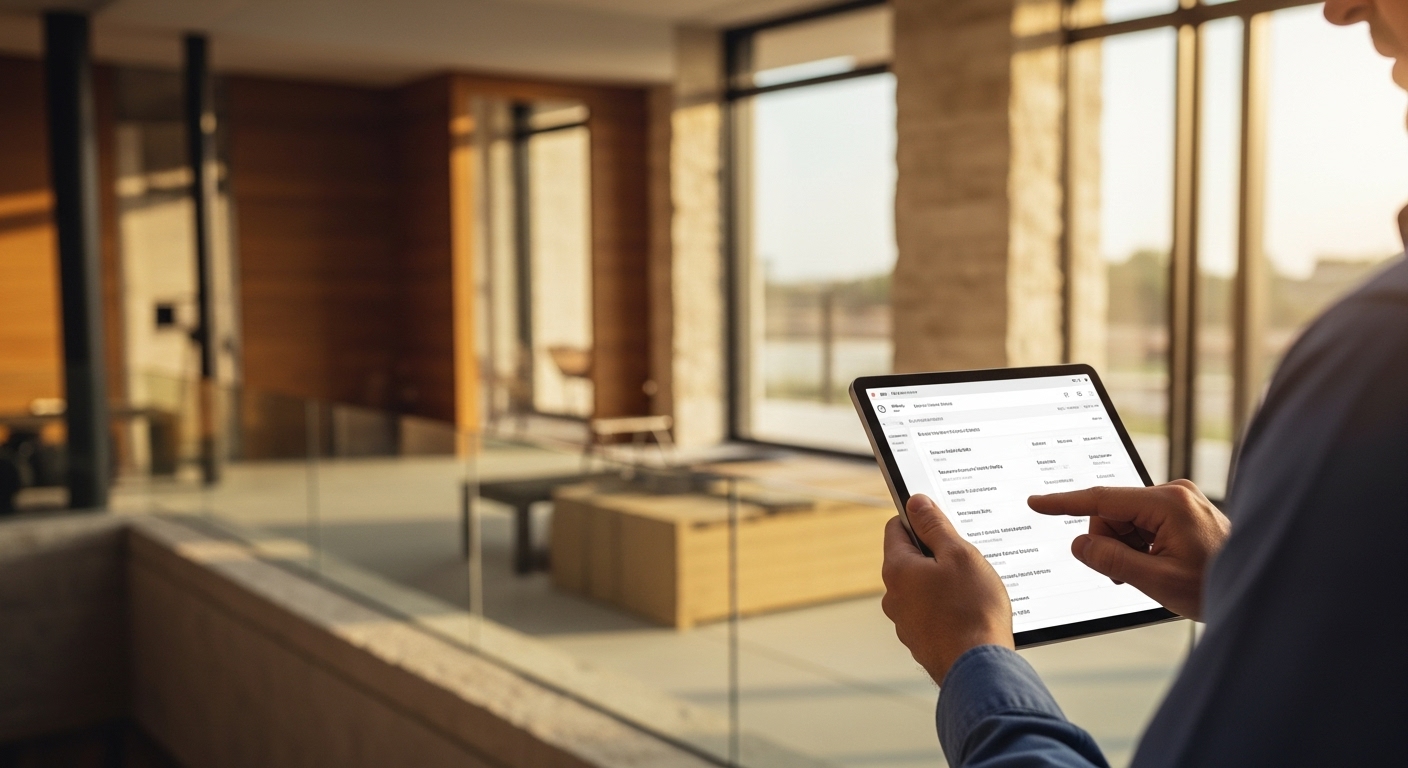
Material Cost Control: Precision Procurement
Strategic Vendor Partnerships
Elite builders don't just buy materials—they engineer procurement relationships that protect margins:
Volume commitment agreements: 8-12% discounts for annual purchase guarantees
Price protection contracts: Fixed pricing for 6-12 months on key materials
Quality assurance partnerships: Reduced waste through consistent material standards
Delivery optimization: Scheduled deliveries that minimize storage and handling costs
Pinnacle Custom Builders negotiated volume agreements with three primary suppliers, securing 11% average cost reduction while improving delivery reliability to 94% on-time performance.
Waste Elimination Systems
Material waste represents pure profit loss. Systematic waste control includes:
Precise material takeoffs: Digital measuring tools and software verification
Phased delivery scheduling: Materials arrive exactly when needed
Surplus material tracking: Reallocation systems for unused materials
Waste stream monitoring: Daily waste measurement and root cause analysis
Vendor return programs: Systematic return of unused materials for credit
Technology-Driven Procurement
Modern cost control leverages technology for procurement precision:
Digital takeoff software: Reduces material estimation errors by 15-20%
Automated purchase orders: Eliminates manual ordering mistakes and delays
Mobile inventory tracking: Real-time material usage and waste monitoring
Vendor portal integration: Streamlined ordering, delivery, and invoice processing
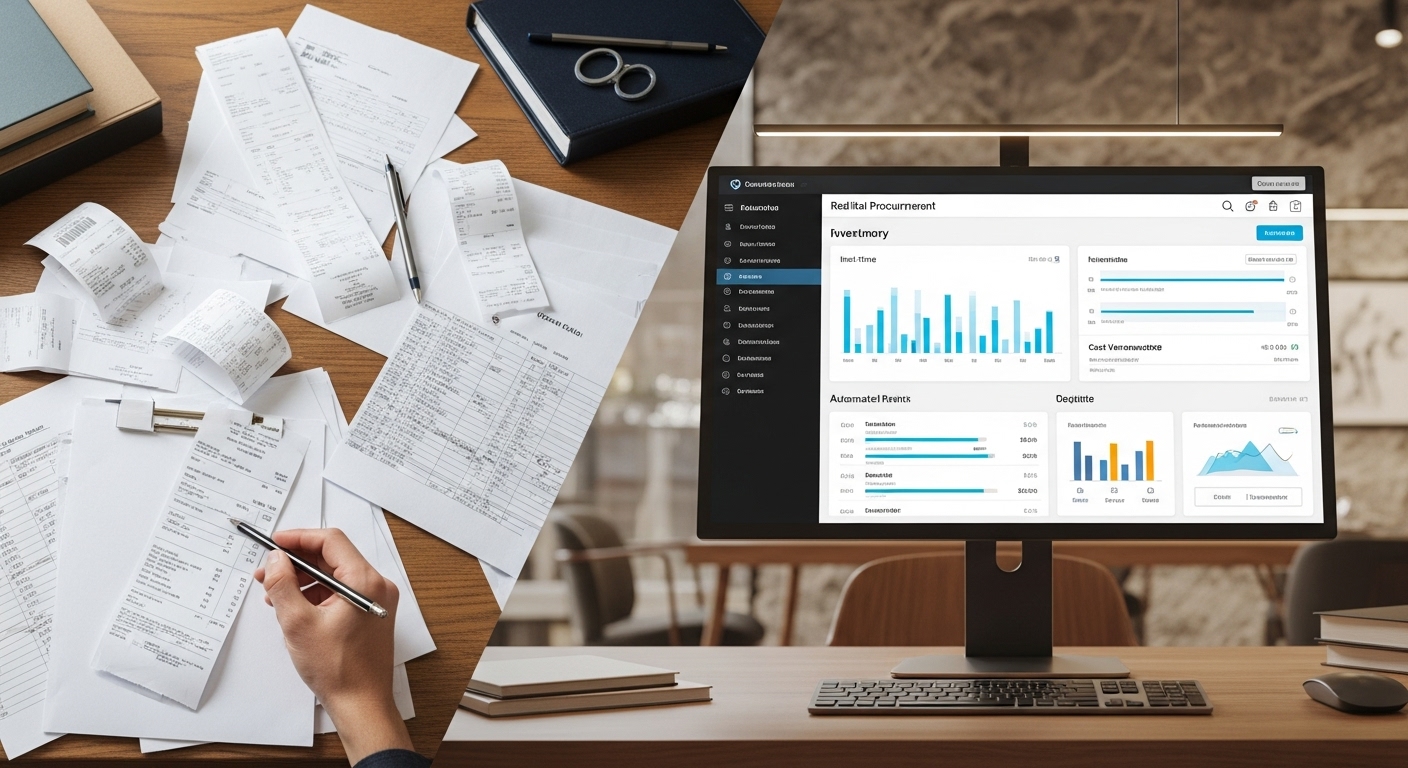
Labor Cost Optimization: Productivity and Efficiency
Subcontractor Performance Management
Labor costs represent 35-45% of project expenses. Elite builders implement rigorous subcontractor management:
Performance-based contracts: Incentives for on-time, on-budget completion
Productivity benchmarking: Historical data drives realistic scheduling and pricing
Quality standards enforcement: Reduced rework through clear specifications
Payment milestone alignment: Cash flow management that motivates performance
Workforce Productivity Systems
Direct labor productivity improvements deliver immediate margin impact:
Task-based scheduling: Detailed work breakdown with time allocations
Skill-based crew assignment: Right trades, right tasks, right timing
Productivity incentives: Bonus structures for efficiency and quality
Training investment: Skilled workers complete tasks faster with fewer errors
Artisan Home Builders implemented productivity tracking across their crews, identifying that their top-performing framers completed work 28% faster than average performers. Standardizing their methods across all crews improved overall productivity by 16%.
Change Order Cost Control
Change orders often destroy project margins. Systematic change order management includes:
Detailed scope documentation: Clear specifications prevent scope creep
Client approval workflows: Written authorization before work begins
Cost impact analysis: Full financial impact assessment for every change
Markup consistency: Standardized markup policies protect margins
Time impact evaluation: Schedule implications factored into pricing

Technology Integration: Digital Cost Control
Real-Time Dashboard Implementation
Successful builders use integrated dashboards providing:
Project-level cost tracking: Budget vs. actual with variance analysis
Trade-specific performance: Labor productivity and cost efficiency by specialty
Material cost trends: Price movements and procurement opportunities
Cash flow projections: 30-60-90 day financial forecasting
Profitability analysis: Real-time margin calculation and trending
Mobile Cost Management
Field-based cost control requires mobile accessibility:
Time tracking apps: Accurate labor hour capture and productivity measurement
Material scanning systems: Barcode/QR code tracking for inventory management
Photo documentation: Visual progress and quality verification
Expense capture: Real-time expense reporting and approval workflows
Automated Reporting Systems
Consistent reporting eliminates cost control gaps:
Weekly cost summaries: Automated variance reports for all active projects
Monthly profitability analysis: Detailed margin analysis and trend identification
Quarterly performance reviews: Comprehensive cost control effectiveness assessment
Annual benchmarking: Industry comparison and improvement opportunity identification
Implementation Framework: 90-Day Cost Control Rollout
Phase 1: Foundation (Days 1-30)
System selection and setup: Choose integrated project management platform
Historical data analysis: Identify current cost patterns and problem areas
Team training initiation: Begin staff education on new processes and tools
Vendor communication: Inform suppliers and subcontractors of new requirements
Phase 2: Process Implementation (Days 31-60)
Daily tracking protocols: Establish routine cost monitoring procedures
Approval workflow creation: Implement systematic purchase and change order approval
Performance baseline establishment: Document current productivity and cost metrics
Technology integration: Connect all systems for seamless data flow
Phase 3: Optimization (Days 61-90)
Performance analysis: Review initial results and identify improvement opportunities
Process refinement: Adjust procedures based on real-world experience
Team feedback integration: Incorporate field team suggestions and concerns
Vendor relationship optimization: Negotiate improved terms based on new processes
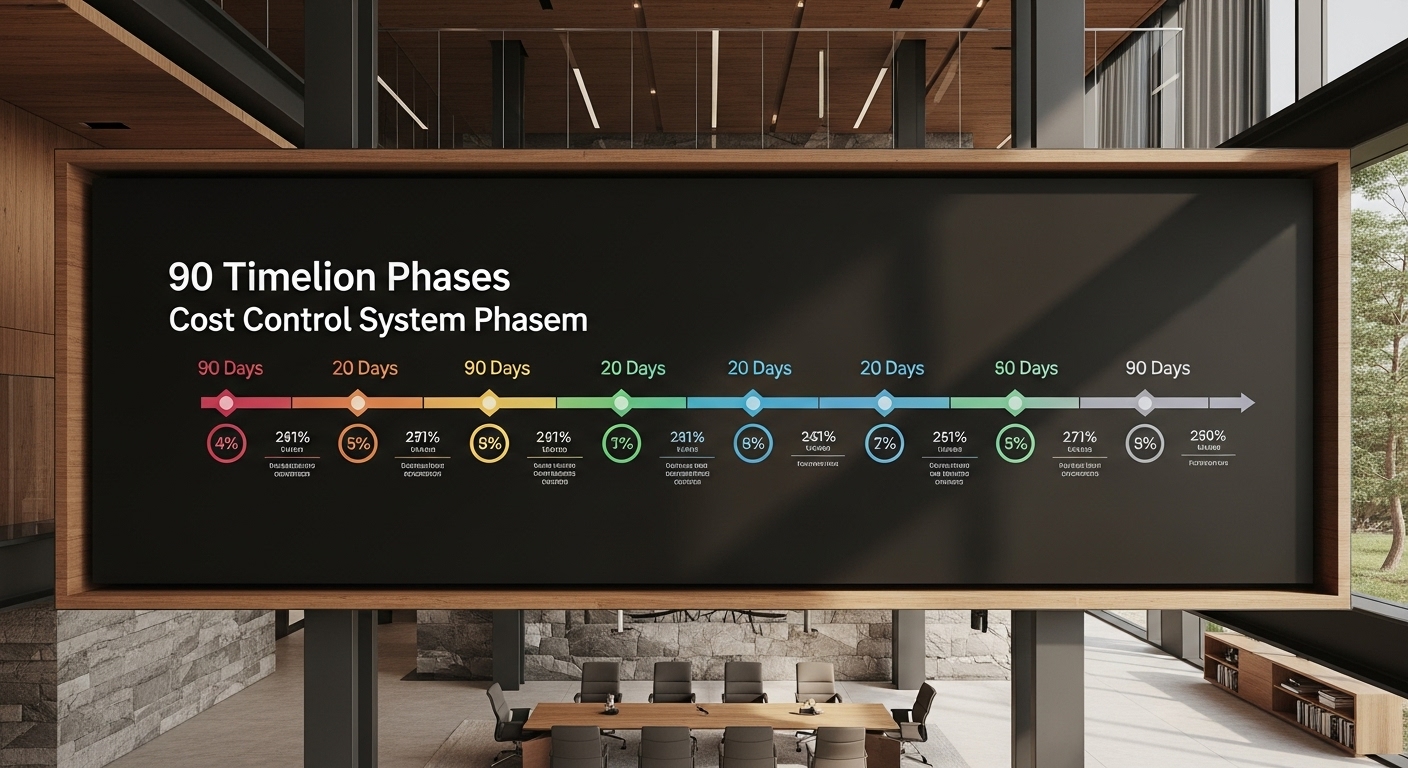
Measuring Success: Key Performance Indicators
Primary Financial Metrics
Gross margin improvement: Target 4-6% increase within 12 months
Cost variance reduction: Achieve 85%+ projects within 3% of budget
Material waste percentage: Reduce waste to under 4% of material costs
Labor productivity index: Improve efficiency by 15-20% year-over-year
Operational Excellence Indicators
Change order frequency: Reduce change orders by 25-30%
Vendor performance scores: Achieve 90%+ on-time delivery rates
Invoice processing time: Same-day processing for 95% of invoices
Project completion accuracy: 90%+ projects completed within budget
Leading Indicators
Daily cost variance flags: Early warning system for budget deviations
Material delivery reliability: Consistent supply chain performance
Subcontractor performance trends: Productivity and quality improvements
Technology adoption rates: Team utilization of new systems and processes
Advanced Cost Control Strategies
Predictive Cost Analytics
Forward-thinking builders implement predictive analytics:
Material price forecasting: Anticipate cost increases and adjust pricing
Labor market analysis: Understand availability and rate trends
Project risk assessment: Identify potential cost overrun factors early
Seasonal adjustment planning: Account for weather and market variations
Value Engineering Integration
Systematic value engineering protects margins while maintaining quality:
Alternative material analysis: Cost-effective substitutions without quality compromise
Construction method optimization: Efficient techniques that reduce labor costs
Design standardization: Repeatable elements that improve efficiency
Supplier innovation partnerships: Collaborative cost reduction initiatives
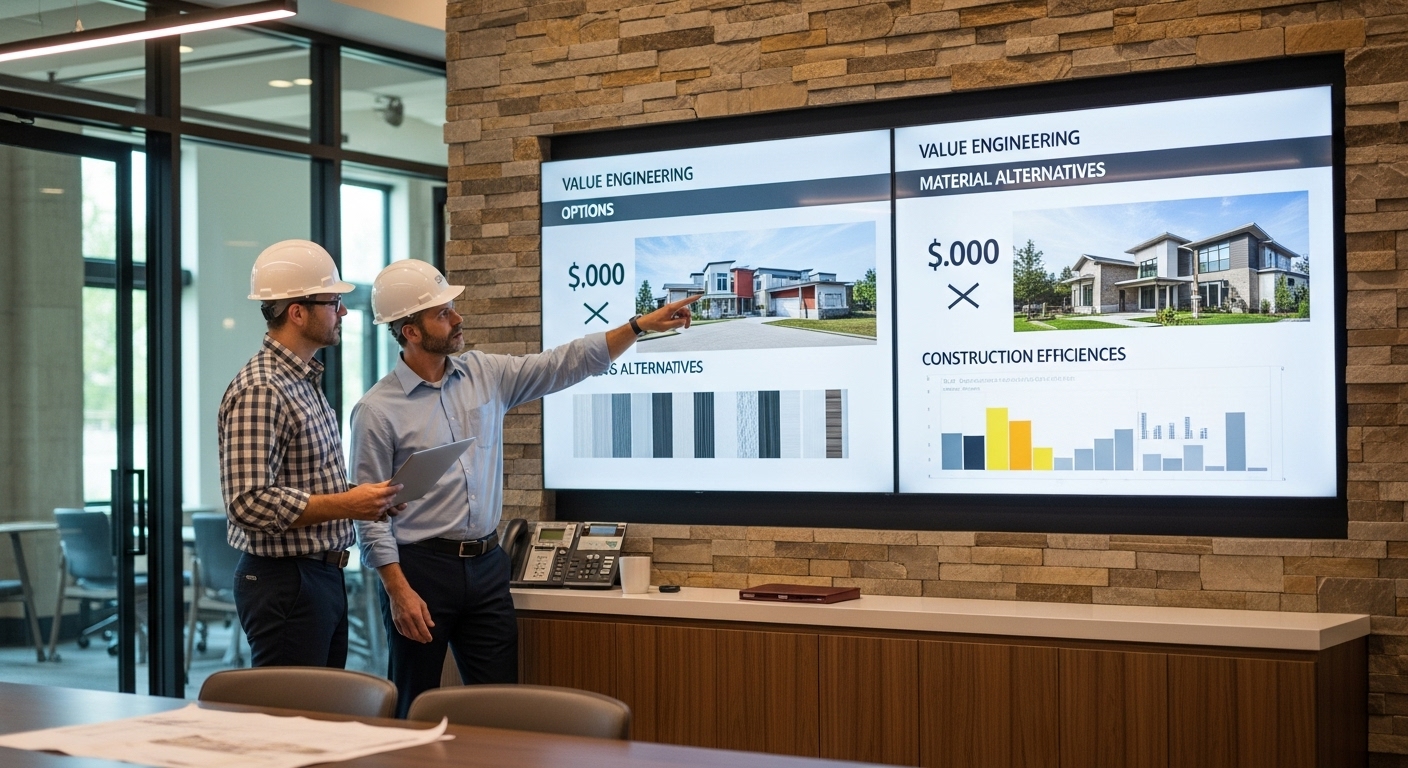
Common Implementation Pitfalls
Technology Overwhelm
Many builders implement too many systems simultaneously. Focus on:
Single integrated platform: Choose one comprehensive system over multiple tools
Gradual feature rollout: Implement core features before advanced capabilities
User adoption priority: Ensure team comfort before adding complexity
Data quality focus: Accurate data entry more important than advanced analytics
Resistance Management
Cost control changes established workflows. Address resistance through:
Clear benefit communication: Show how new systems help individual team members
Training investment: Comprehensive education reduces frustration and errors
Feedback incorporation: Listen to field team concerns and adjust processes
Success celebration: Recognize and reward early adopters and improvements
Vendor Relationship Strain
Increased oversight can damage supplier relationships. Maintain partnerships through:
Collaborative communication: Frame changes as mutual improvement opportunities
Performance recognition: Acknowledge and reward excellent vendor performance
Process transparency: Explain new requirements and provide clear expectations
Partnership development: Invest in long-term relationships with key suppliers
ROI Analysis: Cost Control Investment Returns
Implementation Costs
Typical cost control system implementation requires:
Software licensing: $300-800 per user monthly for comprehensive platforms
Training investment: 40-60 hours per team member for full proficiency
Process development: 80-120 hours of management time for system design
Technology integration: $15,000-35,000 for custom integrations and setup
Financial Returns
Builders achieving systematic cost control report:
Margin improvement: 4-6% gross margin increase within 12 months
Waste reduction: $50,000-150,000 annual savings on $10M project volume
Efficiency gains: 15-20% productivity improvement across all trades
Risk reduction: 60-80% decrease in significant cost overruns
Heritage Custom Builders invested $47,000 in comprehensive cost control implementation. Within 18 months, they documented $340,000 in cost savings and 5.2% margin improvement on their $12M annual volume—a 722% ROI on their investment.

Future-Proofing Your Cost Control Systems
Emerging Technology Integration
Stay ahead of cost control evolution:
AI-powered cost prediction: Machine learning algorithms for accurate forecasting
IoT material tracking: Automated inventory management and waste monitoring
Drone progress monitoring: Aerial photography for productivity and quality tracking
Blockchain vendor verification: Secure, transparent supplier performance records
Scalability Planning
Design systems that grow with your business:
Modular system architecture: Add capabilities without replacing core platforms
Multi-project management: Handle increasing project volume efficiently
Geographic expansion support: Consistent processes across multiple markets
Team growth accommodation: Onboard new staff quickly with standardized systems
Your Next Steps: Implementing Systematic Cost Control
The builders achieving consistent 24-26% gross margins aren't relying on market conditions or premium pricing alone. They've implemented systematic cost control that eliminates profit leaks and optimizes every aspect of project delivery.
Your cost control transformation begins with honest assessment of current systems and commitment to systematic improvement. The framework outlined here has helped dozens of luxury builders improve margins by 4-6% while maintaining quality standards and client satisfaction.
Ready to eliminate the profit leaks destroying your margins? Our cost control specialists have helped builders just like you implement these exact systems, achieving documented margin improvements of 4-6% within 12 months.
Schedule your complimentary Cost Control Assessment to discover your specific profit improvement opportunities and receive a customized implementation roadmap for your business.
[Schedule Your Assessment →]
Don't let another month of preventable cost overruns erode the profits you've worked so hard to build. Your margins—and your business growth—depend on the systems you implement today.
